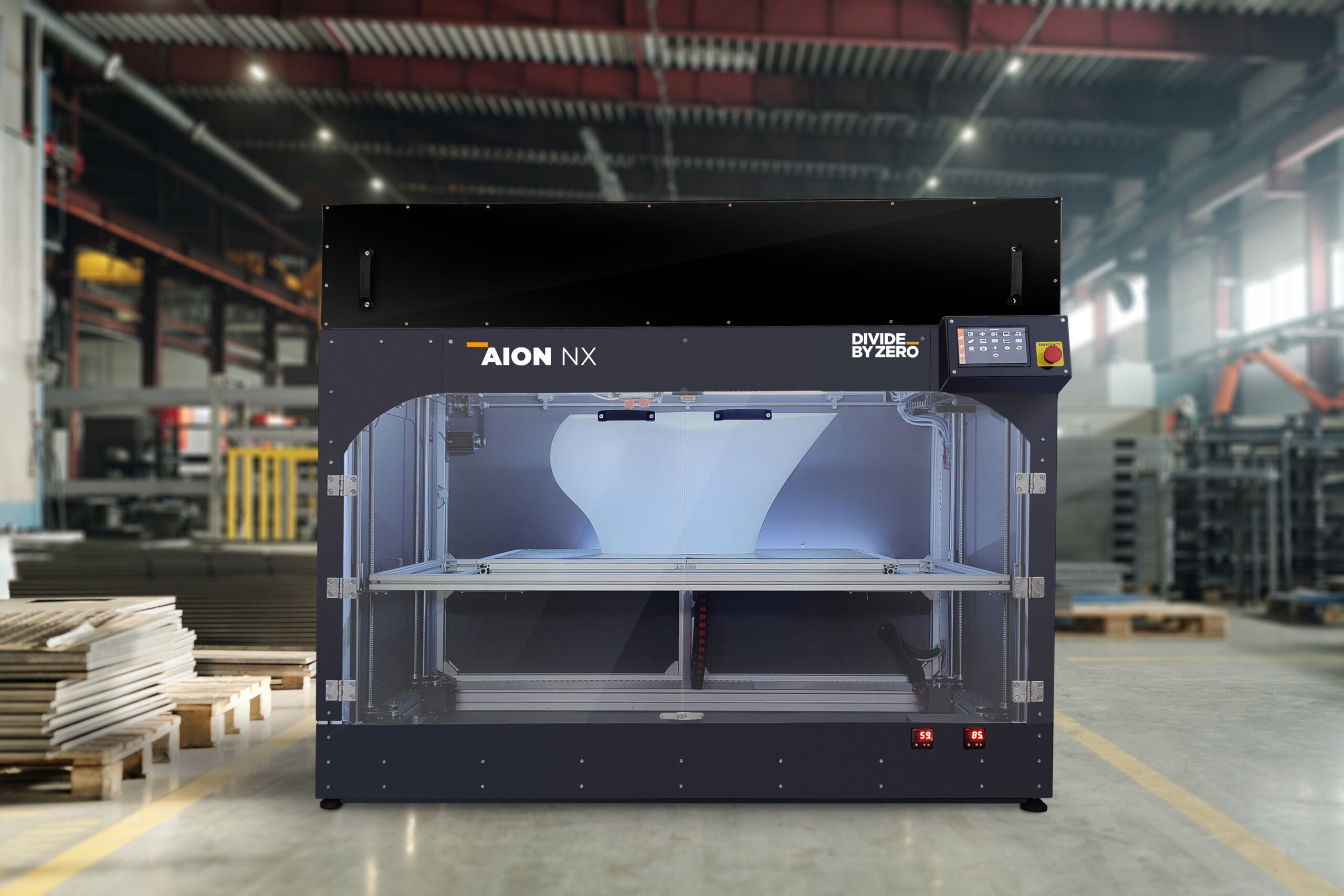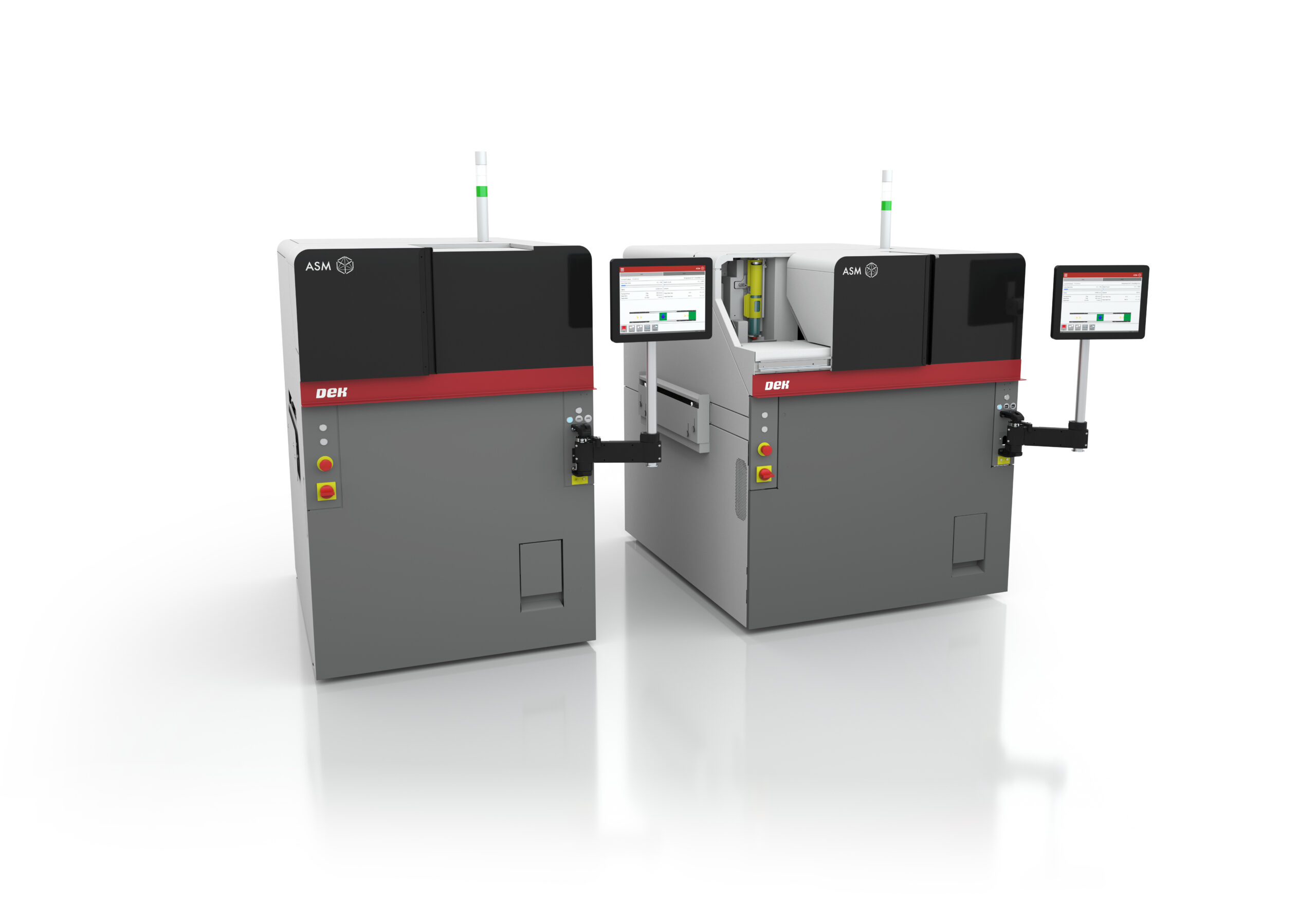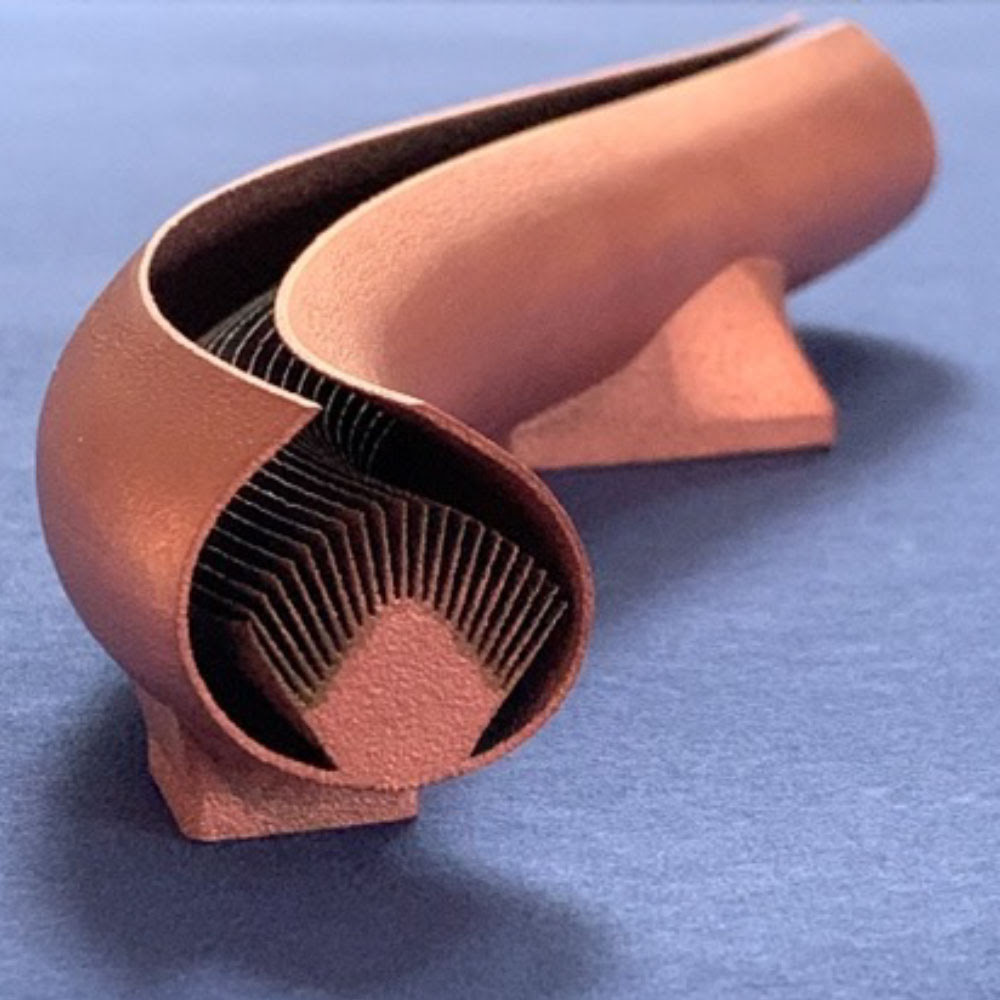Meaningful Manufacturing
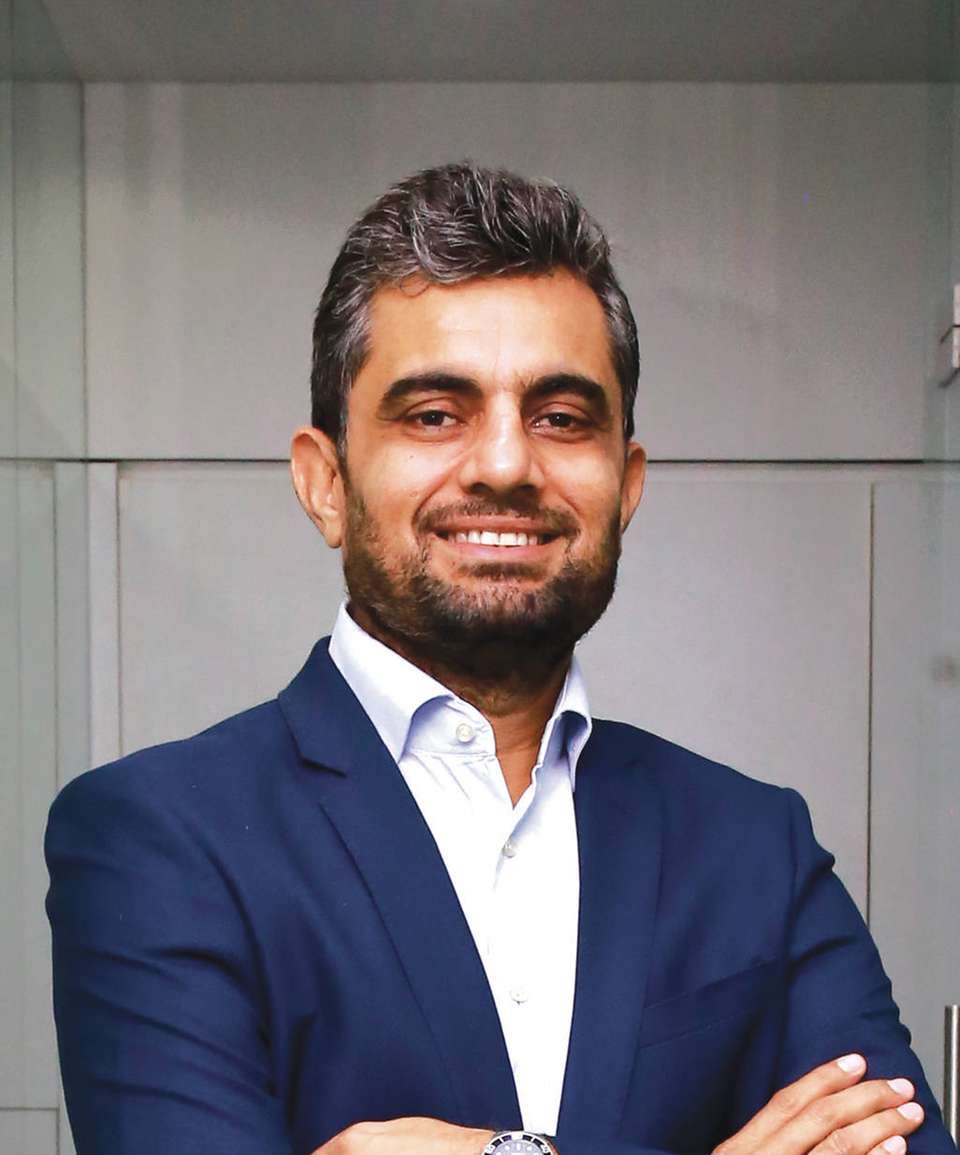
MAKERS AND MOVERS: STRATASYS INDIA
Makers and Movers 2023 started off to a scintillating start with a highly informative and engaging conversation between Rajiv Bajaj, the Managing Director of Stratasys India & SEA, and our editor on additive manufacturing and how it is transforming the manufacturing industry. Presenting, talk highlights.
[Text] In 2021, the global market size for 3-D printing (3DP), also known in industry circles as additive manufacturing, stood at USD 12.6 billion, according to a recent MarketsandMarkets report. The U.S. market showed the fastest growth, said the report where the biggest areas of applications were prototyping, functional part manufacturing, and tooling, in that order. India’s 3D printer market stood at USD 92. 34 million in 2022. The global market is set to grow at an impressive rate of more than 20 percent, according to various media reports.For this year’s first episode of the talk series Makers and Movers, we got the chance to speak with Rajiv Bajaj, the Managing Director of Stratasys India & SEA, who is not only part of the leadership team of a spectacularly successful global 3D Printing technology company but is also an authority in his own right on 3DP technology and its applications. Mr. Bajaj shared with DMI editor Aanand Pandey detailed insights on 3D Printing, the technology’s increasing adoption in the manufacturing industry, and its powerful advantages. You can watch the highly informative conversation on MeshMix Media’s YouTube and LinkedIn channels. Sharing, the talk’s highlights.
About 3DP’s uses in healthcare, Mr. Bajaj said that the technology is playing a huge role in improving human life as well as improving surgical outcomes. There are areas where 3DP has helped make inoperable cases operable, for example, by helping doctors treat newborns diagnosed with heart defects. Similarly, the technology helps doctors and surgeons understand the anatomy of individuals to the truest size to help with operations. In patients suffering from kidney cancer, the technology helps with a procedure called partial nephrectomy where the cancerous part of the kidney is removed, leaving the healthy tissues intact. 3DP helps doctors visualize to a high degree of accuracy the spread of cancer in the kidney. Custom-designed prosthetics are yet another area where it is changing the lives of people, helping caregivers design artificial limbs with the accuracy and benefits not possible before.
Another area in healthcare where 3D printing has made a significant impact is dentistry, Mr. Bajaj said. The dentistry workflow, starting from crowns and bridges to the making of dentures, is becoming more attuned to patient needs, and thus more beneficial to the individual patient. DMI Editor Mr. Pandey noted that clear aligners, also called invisible braces, have gained popularity and acceptance in India recently among people of all ages. There are start-ups being launched around the concept, he said. Mr. Bajaj replied that clear aligners are fast replacing the traditional way of straightening one’s teeth commonly achieved through wired braces. Clear aligners are also helping people correct certain teeth-related defects that proved harder to treat earlier.
Industrial applications
Today, 3DP has become an integral part of the product design and development process. High-innovation industries like aerospace, space, and electronics are using and integrating this technology into their manufacturing processes. Mr. Bajaj informed the viewers that 3DP is helping automotive companies fast-track their product development process – be it that of trucks, cars, or car parts – from months and weeks to hours. This has delivered companies a vastly improved ROI (Return on Investment) for their products.
He shared the example of Honda Motor Company which had initially calculated an ROI period of three years for the first machine that the automotive company bought from Stratasys. The company, however, was able to recover the ROI within six months and that gave them the confidence to invest in another 3DP machine.
The sheet-metal industry, notably including the tooling and toolmaking companies, is also fast adopting 3DP as part of their product development process owing to the technology’s distinct advantages of reducing the development time and delivering ROI on machines earlier than expected.
When asked about whether the technology is being accepted and integrated into the traditional manufacturing process, Mr. Bajaj said that the technology has not only become mainstream but is not only being seen as one augmenting legacy processes.
“In the last three to four years 3D printing has evolved [in the manufacturing sector] from being largely perceived as an industrial design studio application to a solution that can solve companies’ challenges in mainstream production,” he said.
New concepts like hyper-personalization and end-use parts (see box End-Use Parts and Stratasys FDM Technology) have brought down cost-per-part to a significant degree. Today, a lot of CNC manufacturers in India and across the world are integrating additive manufacturing and Robotics into their mainline production process.
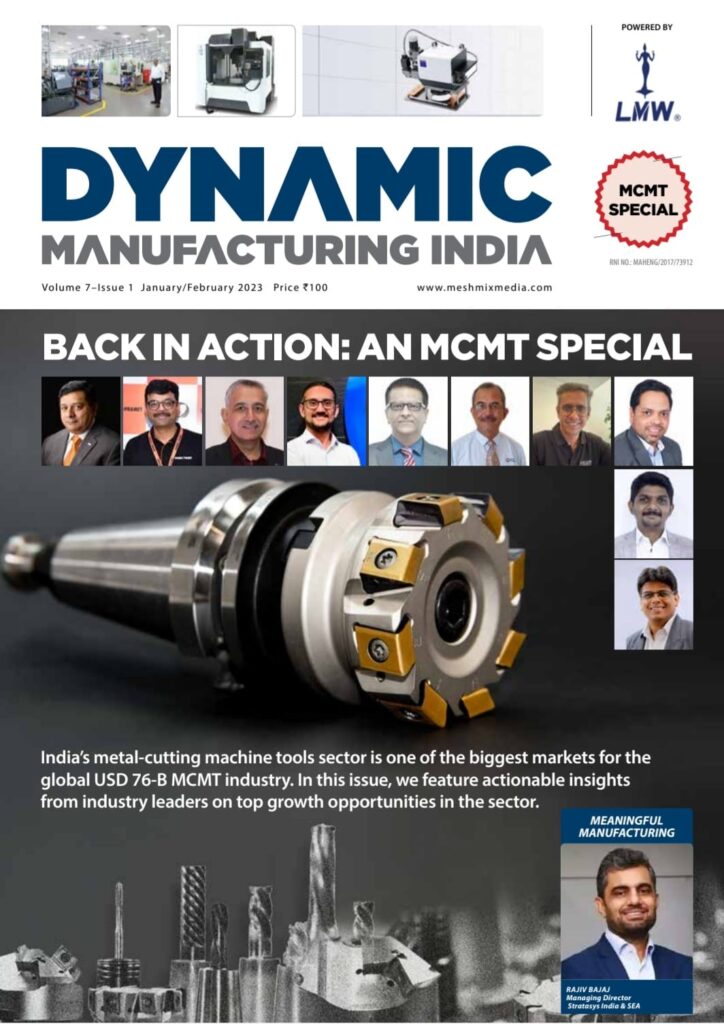
Disaster recovery and management is an important area where 3D printing has helped save lives. Its role in the making of PPE Kits, face masks, and valves and splitters for ventilators that helped hospitals face the challenge of equipment shortage has been widely recognized and lauded. “We opened our facility and resources to everyone working to support treatment centers and caregivers during the pandemic,” Mr. Bajaj said. Another example of the technology’s application for disaster management is the creation of the topography of a disaster-affected area that helps with disaster recovery and welfare planning, he informed the viewers.
The conversation covered the important area of sustainability where emerging technologies like AI and 3DP are playing an important role. Mr. Bajaj informed the audience that the process of 3DP is more environmentally sustainable since the technology itself is about minimizing material wastage. It builds parts ground up from material which is far more efficient and sustainable compared to subtractive processes, “which is why we call it Meaningful Manufacturing,” he added.
He also shared insights on new 3D printing materials such as PA11 or Nylon 11, that are made from Castor beans and therefore make a sustainable substitute for plastics. Stratasys is a member of Additive Manufacturing Green Trade Association, a global trade group founded to promote the environmental benefits of additive manufacturing over traditional methods of manufacturing. Stratasys’ recent acquisition of the additive manufacturing materials business of Covestro AG, and material-development partnerships with leading companies such as BASF and Evonik are examples of Stratasys’ commitment to the industry’s sustainability goals, he said.
Mr. Bajaj further addressed a number of audience questions covering important aspects like the quality and role of 3DP courses being offered by the academia, and the role of the company’s Centers of Excellence that have been set up in major cities in India in the advancement of the technology in healthcare and industrial sectors.
End-Use Parts and Stratasys FDM Technology
End-use parts include all components, sub-assemblies and products created during both series production and/or custom manufacturing. Additive manufacturing is a viable alternative to molding, machining, forming and casting of end-use parts. These traditional processes rely on tools and dies when production volumes are moderate or high. For low quantities, conventional approaches often rely on manual or semi-automated machining, forming and fabrication.
Fused Deposition Modeling™ (FDM®) is an additive manufacturing technology that eliminates tools and dies in order to streamline the production process.
Substituting FDM for traditional manufacturing processes substantially reduces lead times and costs. It also makes production a simple, unattended and virtually labor-free operation.
As a leader in the 3D printing industry, Stratasys has developed a wide range of innovative solutions that enable manufacturers, engineers, designers, inventors, educators, and dreamers to create things more effectively and efficiently.
FDM (Fused Deposition Modeling) was originally invented and patented by Stratasys founder Scott Crump in 1989. Fast forward to the present, FDM is now the most commonly used 3D printing process.
What is FDM Technology
FDM technology is the process of making physical objects by building up successive layers of material. A thermoplastic filament is pushed through an extruder and deposited where needed in each layer to complete the desired object.
At its core is an additive manufacturing (AM) method or process opposite of traditional manufacturing which is subtractive, involving cutting away at a block of material to produce an object.
3D printing with FDM technology is clean, simple to use, and office-friendly. Thanks to production-grade materials that are mechanically and environmentally stable. They include many of the same tried-and-tested thermoplastics used in traditional manufacturing processes like injection molding.
With Stratasys FDM technology, making complex geometries and parts with internal cavities becomes possible. For applications that demand precise tolerances, durability, and stability in different environments, FDM thermoplastics deliver the required properties.
The benefits and advantages of FDM include its ability to reduce production expenses and produce end-use parts on demand. Further, it helps manufacturers accelerate the turnaround time where they can skip tooling, which brings down lead times from weeks to days.
Source: Stratasys
Executive Profile: Rajiv Bajaj, Managing Director, Stratasys India and Southeast Asia
With over 20 years of experience in the technology industry, Rajiv leads Stratasys India & SEA team for the last 7+ years to drive sustainable growth of additive manufacturing in the region.
Rajiv has extensive experience in the manufacturing industry in driving business transformation. He participates as a speaker in leading industry forums like the CII, ACMA and IMTMA on driving innovation through technology adoption in Aerospace, Automotive and Consumer goods industries.
Prior to this, Rajiv was the Country Manager at Autodesk India and SAARC, heading the Manufacturing Solutions business unit and managing the growth strategy across different industry segments. Rajiv has also held positions with leading Product Lifecycle Management (PLM) companies including Dassault Systemes and PTC, playing an instrumental role in sales and channel management.
Source: Stratasys


